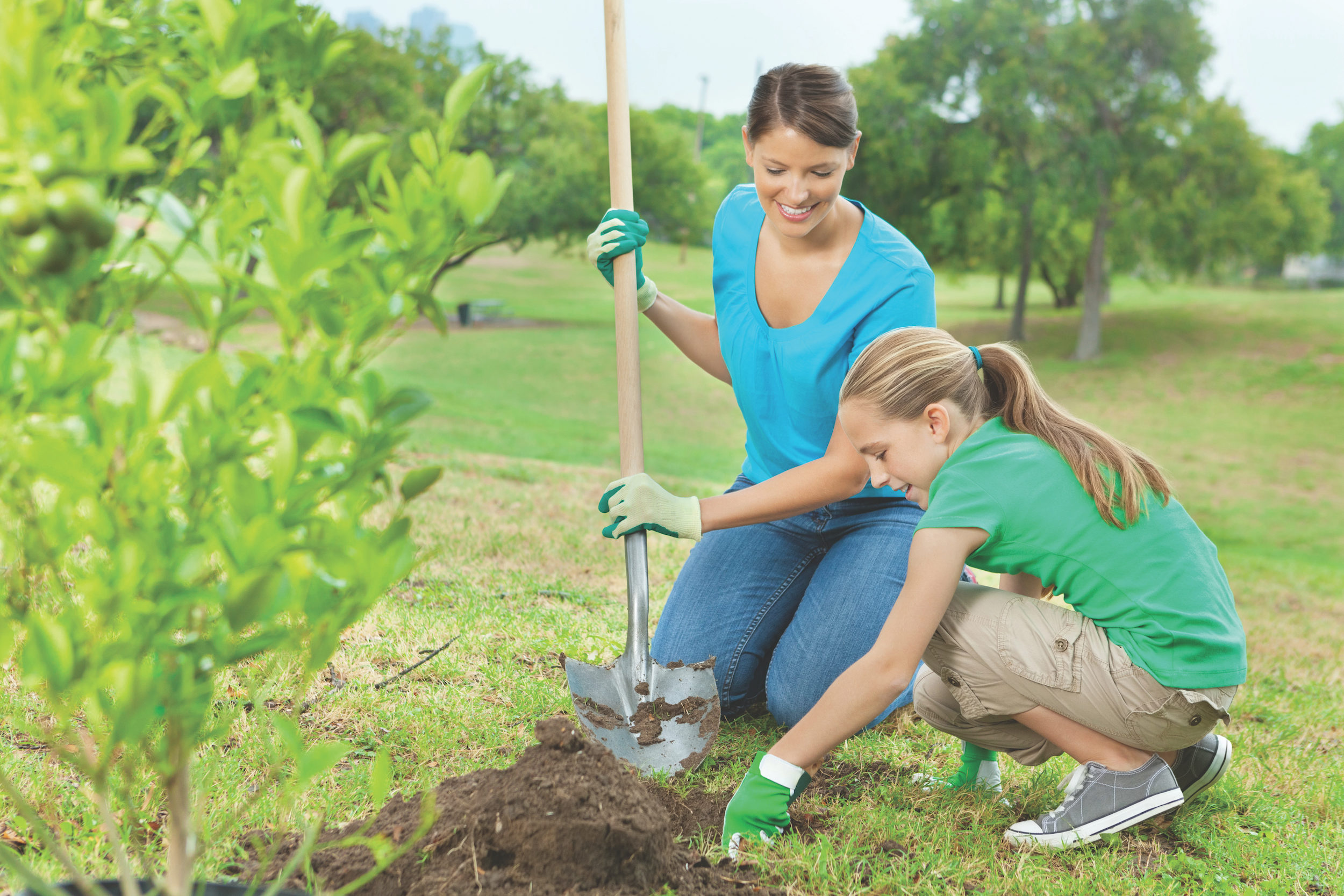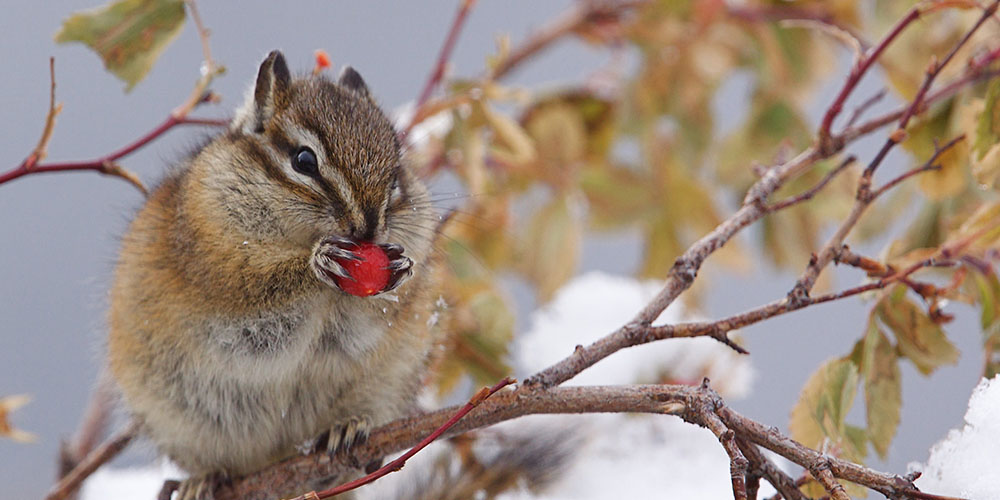Soil Builders
Students explore differences in soil types and what those differences mean to people and to plants. They also investigate the role soil organisms play, both in building soil and in decomposition.
Objectives
Students will
- Describe the physical characteristics of various soils.
- Investigate soil organisms to determine their role in the ecosystem.
- Explain the function of scavengers and decomposers.
For the complete activity and more like this, purchase the Explore Your Environment: K-8 Activity Guide at Shop.PLT.org and/or attend a professional development training in your state.
Explore Your Environment: K-8 Activity Guide is a supplementary curriculum that is multi-disciplinary, with an emphasis on science, reading, writing, mathematics, and social studies.
Each activity displays explicit connections to practices and concepts expected by the following national academic standards so teachers can easily see where the materials will fit into their lesson plans:
- Next Generation Science Standards (NGSS)
- Common Core Toolkit, includes
- English Language Arts (CCSS.ELA)
- Mathematics (CCSS.MATH)
- College, Career, and Civic Life Framework for Social Studies (C3)
Our professional development further demonstrates these connections, as well as to state and local standards, contact your state coordinator.
EE Resources
Dirt with Sid the Science Kid
Dirt on Dirt, an episode of Sid the Science Kid produced by PBS Kids, explores what makes dirt, dirt! In this episode, Sid and his friends learn about the different types of soil. Paired with a Dirt on Dirt Activity, students ages PreK-2 can follow Sid’s adventure and investigate the dirt and soil on their school... Read more »
Ag Across America
Ag Across America is an online geography game for grades 3-5. With this game, students will learn more about how farms provide our food, fiber, and energy. The game guides students through a series of video and trivia questions about farms across the U.S. When you answer correctly, players collect items to have on their own... Read more »
Starting with Soil
Soil is more than dirt under our feet. Students ages 7-9 can use this Starting with Soil app to learn about the organic materials that make up soil, and how plants and animals work together to make the soil that we depend on to grow food. With this app, developed by the Center for Ecoliteracy,... Read more »
Can Plants Help Slow Soil Erosion?
This activity from Scientific American called Can Plants Help Slow Soil Erosion? helps students learn how soil erosion causes ecological problems, pollutes waterways, and increases the risk of natural disasters. Students complete an experiment to test the impact of methods to prevent soil erosion.
Evolution of Organic: The Story of the Organic Movement Documentary
This 86-minute documentary film, Evolution of Organic: The Story of the Organic Movement Documentary, tells the story of the growing organic agriculture movement. It shares insight into some of the most effective organic farming techniques and the people inspiring and building the movement. The documentary is divided into four acts that can be watched one... Read more »
Skype a Scientist
The Skype a Scientist program matches more than 500 scientists with classrooms worldwide. Available for any level along the K-12 spectrum, a typical Q&A-style video chat lasts between 30 to 60 minutes and covers topics in the scientist’s area of expertise and what it’s like to be a scientist. Follow the link to browse scientists... Read more »
Pee Wee Meets the Pollinators
This illustrated children’s story takes students on an adventure to a rooftop garden to learn about the amazing work of pollinators. Witness the birth of a monarch butterfly, follow a bee, and meet a chorus of crickets. The book also contains poems, songs as well as additional notes to benefit teachers, parents, and children. To... Read more »
NatureWorks Video Series
Discover the natural world and the connections that make nature work in this 16-part video series for students in grades 3-6. Developed and produced by New Hampshire Public Television and the Squam Lakes Natural Science Center, each episode is fifteen minutes long and helps students explore the ways living things interact with the environment. NatureWorks... Read more »
Mighty Mole and Super Soil – for Grades 1-3
What creatures live in the ground and how do they help make the soil healthy? A book from Dawn Publications, Mighty Mole and Super Soil introduces children to an underground ecosystem that is largely invisible to humans but vital to the health of the planet. In this short story, children follow a mole as she... Read more »
USDA People’s Garden
Gardening resources, grant information, and seasonal tips are available at the U.S. Department of Agriculture People’s Garden website.
U.S. Composting Council
All types of composting from backyard to large-scale, community-wide composting are discussed by the U.S. Composting Council. Visit their Web site for a list of composting activities and resources.
Web Soil Survey from the USDA
This is a website that contains the web soil survey from the USDA.
Think Garden Video Series
This Think Garden video collection was produced by Kentucky Educational Television for elementary students as a teaching tool about growing food and all elements around food gardening. Consider using it to support PLT GreenWorks! or GreenSchools projects as we enter the growing season.
Unlock the Secrets in the Soil
Check out the infographic from the USDA’s Natural Resource Conservation Service! These infographics colorfully illustrate soil health: what soil is made of, what’s underneath, and what it does.
SoilWeb
A free app that can be downloaded onto Apple and Android devices. A more technical application, SoilWeb allows users to access GPS based, real-time USDA-NRCS soil survey data. Using your geographic location, this app retrieves soil type summaries, including soil series names and image profiles.
Functions of Forest Soil
This informational handout, made available by Montana State University Extension Forestry, describes forest soil profiles, functions, and the effects that natural and manmade impacts can have on overall forest health.
WildLab Bird
A free app that can be downloaded onto any Apple device (try iBird Lite for Android). Use WildLab Bird to learn the basics of bird identification. This application uses audio, photographs, maps, and the process of elimination to help identify over 200 bird species. Sightings can also be entered into a national bird watching database for... Read more »
NACD’s Soil Education Resources
Have a look at NACD’s soil resources: Soil to Spoon and Dig Deeper: Mysteries in the Soil. Existing tools feature a poster contest, student booklets, educator guides, and ideas for hands-on activities.
Invasive Paper Project
The Invasive Paper Project travels throughout Detroit to offer papermaking demos and workshops with invasive plants (like Phragmites, Honeysuckle, Garlic Mustard) that have been removed from city parks, lots, and green spaces in many different communities. This project creates community awareness about invasive plant species and their effects on local ecosystems, while also providing an... Read more »
School Garden Checklist
Planning to start a garden project? Download this step-by-step guide, provided by the Let’s Move! Presidential initiative, to ensure you won’t miss any information that could support the health of your garden. Detailed checklists offer tips about soil safety, site selection, overall design, plant palette, how to build and use the garden, and the importance... Read more »
Recycle City
EPA’s Recycle City’s interactive website showcases an interactive map, scavenger hunt, and game that all explore ways homes and businesses can recycle, reuse, or reduce waste. Use this website to spark interesting discussions around waste and recycling in places and spaces where students can have direct impacts.
Login to download supporting materials such as appendices and teaching tips.
Login
 Get this Guide
Get this Guide
 Find Training
Find Training

